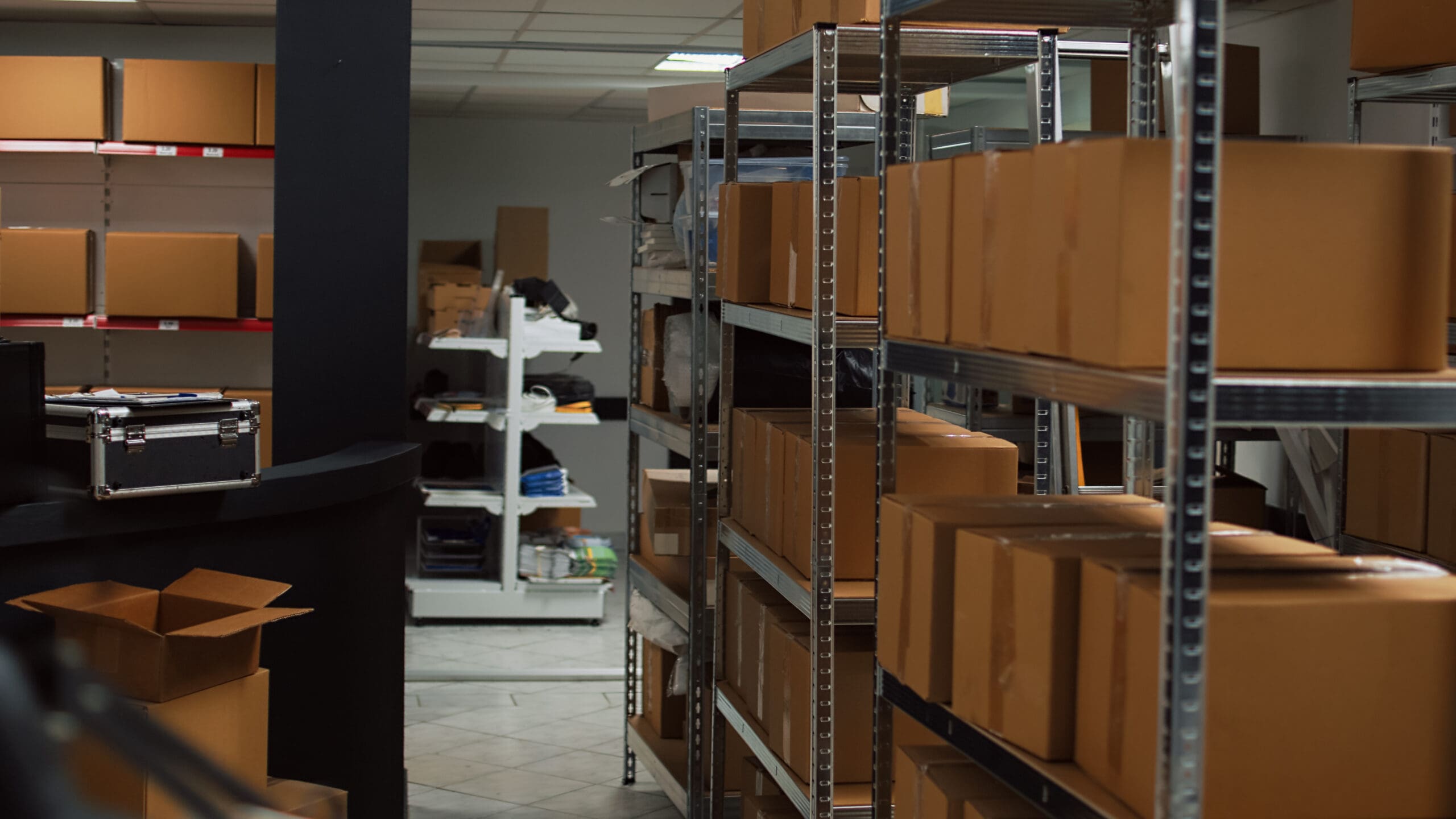Do you know what goes into managing a business? From the outside looking in, it’s easy to overlook how much work goes into keeping a business afloat. When starting a business, one of the most important things you should familiarize yourself with is cash flow management. If you don’t have a concrete understanding of how cash flow affects your business, chances are you’re setting yourself up for failure.
Luckily for you, we’re here to help! Let’s talk about business seasonality and how businesses can better manage their cash flow needs.
Why do businesses have cash flow problems?
There are a plethora of reasons why businesses experience cash flow problems. As the name implies, cash flow refers to the net amount of cash and cash equivalents that are flowing in and out of your business. Whenever a business experiences positive cash flow, it essentially means that a business can comfortably fund operations as more cash was received than paid out. On the other hand, negative cash flow indicates that businesses are spending more money over a certain period than their cash inflow.
The truth is that cash flow does not have to be complicated – but business seasonality can lead to several missteps. Some of these missteps include:
- Low profits due to late payments
- Overstocking increases the risk of cash flow issues
- Unexpected changes in demand
- Not paying attention to expenses
- Inability to keep up with seasonal demand
How does seasonality affect cash flow?
Put simply, seasonality affects a business’ cash flow due to an increase in consumer demand. For businesses to keep up with seasonality, they must be able to ramp up the production of goods and have the necessary cash to fund additional processes. As a result, seasonal businesses would have to increase their production power by spending more on raw materials, manpower, and machinery and equipment in order to meet the spike in demand.
Why is cash flow management important for a seasonal business?
Managing your cash flow is of utmost importance especially for businesses that experience seasonal demand. Seasonal businesses tend to put unnecessary pressure on themselves especially during peak shopping seasons. Cash flow management, if done correctly, ensures that businesses can pay their recurring expenses on time as well as have extra cash to fund expansion projects. It also helps businesses plan for peak shopping seasons, allows them to take advantage of bulk discounts, and, most importantly, gives them peace of mind.
How can cash flow forecasts be used to help a seasonal business?
Cash flow forecasting is the process of estimating a company’s future financial position through the use of historical data. It involves a thorough analysis of a company’s sales income, expected expenses, as well as other sources of cash. In essence, a cash flow forecast gives you an idea, or at least an accurate assumption of your future cash flow standing and allows you to adjust your spending accordingly.
Through effective forecasting, you can spot cash shortages before they can even become a problem for your business. It can also help you avoid overspending as it removes the guesswork on how much money you’ll have to spend per month – giving you greater control over your cash.
How do you manage cash flow effectively?
Effective cash flow management depends on how frequently you monitor your cash flow. However, it’s easier said than done. As a business owner, it could be difficult to closely manage your cash flow especially if you’re looking for ways on how to grow and expand your business. Fortunately for you, there are a plethora of accounting software available in the market that can simplify even the most complex cash flow processes.
But what if you don’t have extra cash to spend on accounting software?
Don’t worry, we’ve got you covered! Implementing a cash flow management strategy doesn’t mean you have to spend thousands of dollars on software. In the next section, we’ll talk about some of the most common strategies that you can use to better manage your seasonal business’ cash flow.
Here Are 7 Tips for Managing Cash Flow in a Seasonal Business
- Always plan ahead. If you’ve reached this part of the article, you would already know that cash flow is an extremely vital component that keeps businesses afloat and enables them to plan for the future. This is why it’s important to always plan ahead. Establishing a cash flow plan means placing a comprehensive guide that would allow you to respond accordingly even when your business is confronted by a major disruption. Once you plan for your cash flow needs, you’ll be better positioned to deal with your seasonal business’ peak and off-peak seasons.
- Know your peak season. Effectively running a seasonal business requires having a concrete understanding of your busy and slow seasons. Knowing your peak season empowers you to:
-
- Determine whether or not you should hire seasonal staff
- Make important inventory decisions
- Negotiate leases to keep operating costs down
- Pursue alternative streams of income during slow periods
- Diversify your business. Diversifying your business is a surefire way to survive periods of low cash flow. Pursuing an alternative stream of income during the off-season is a great way to stay profitable throughout the entire year. However, before taking on an additional revenue stream, it’s important to keep in mind that your new offering should still align with your core operations and your overall business goals. For instance, seasonal businesses like food trucks can offer delivery-only or pickup-only options during colder weather.
- Implement effective forecasting methods. Forecasting is an essential tool that enables businesses to easily adapt to the things that could happen in the future. While there are various types of forecasting methods out there, some of the most important are inventory demand forecasting, cash flow forecasting, and sales forecasting. These methods will keep you on top of your cash needs throughout the year and give you a better understanding of how cash flow works.
- Design a budget plan that takes seasonality into account. Designing a budget plan that reflects your business’s seasonality will help you save during peak shopping seasons and meet necessary payments during slower seasons. It also pays to keep your spending to a minimum during slow periods even with a solid budget plan in place. As they say, it’s always best to err on the side of caution.
- Cut costs when possible. Running a seasonal business is no easy feat. When it comes to cash flow management, businesses can look at a number of areas where they can cut costs to keep their operation going. For instance, seasonal businesses can prioritize low-cost marketing efforts during slow seasons and ramp them up in the months leading to peak shopping periods. Another option that businesses can consider is negotiating services and leases that they are paying year-round. Taking these steps can help you manage your cash more effectively and prepare for months with lower cash inflow.
- Apply for a line of credit. If all else fails, businesses can apply for a line of credit. A form of business loan, lines of credit offer a convenient and flexible way to cover day-to-day business expenses like monthly bills, inventory, utilities, and other time-bound expenses. For seasonal businesses, lines of credit can serve as a short-term solution that business owners can avail of in case of a cash flow shortage. The great thing about a business line of credit is that you only pay interest on the amount borrowed and not the total amount available. It can also be accessed repeatedly as long as you make full and timely payments.
Final Thoughts
Poor cash flow can lead to unnecessary debt and even business failure. Having a strong grasp over your business’ cash flow means you’ll worry less about making ends meet. It also means you’ll be able to project your future cash flow standing more accurately, allowing you to plan for growth more effectively and efficiently.
If you need an alternative financing method to help you get through your slow seasons, check out Kickfurther. Kickfurther offers a unique twist to the crowdfunding phenomenon by allowing a brand’s supporters and fans to fund inventory purchases. It’s the first online marketplace that aims to finance a company’s inventory needs. Let’s take a look at how it works according to Kickfurther’s official website:
“When you purchase inventory for a brand, you play a part in online consignment. In online consignment, you own the products you helped fund until they are sold by the brand through their existing sales channels, yourself, or other Kickfurther users. As soon as the products you helped fund sell, you earn payments.”
This type of financing option allows small businesses to move away from traditional loans and enables a true consignment inventory from people that support and believe in your brand and your product. If you need more information, visit www.kickfurther.com.









